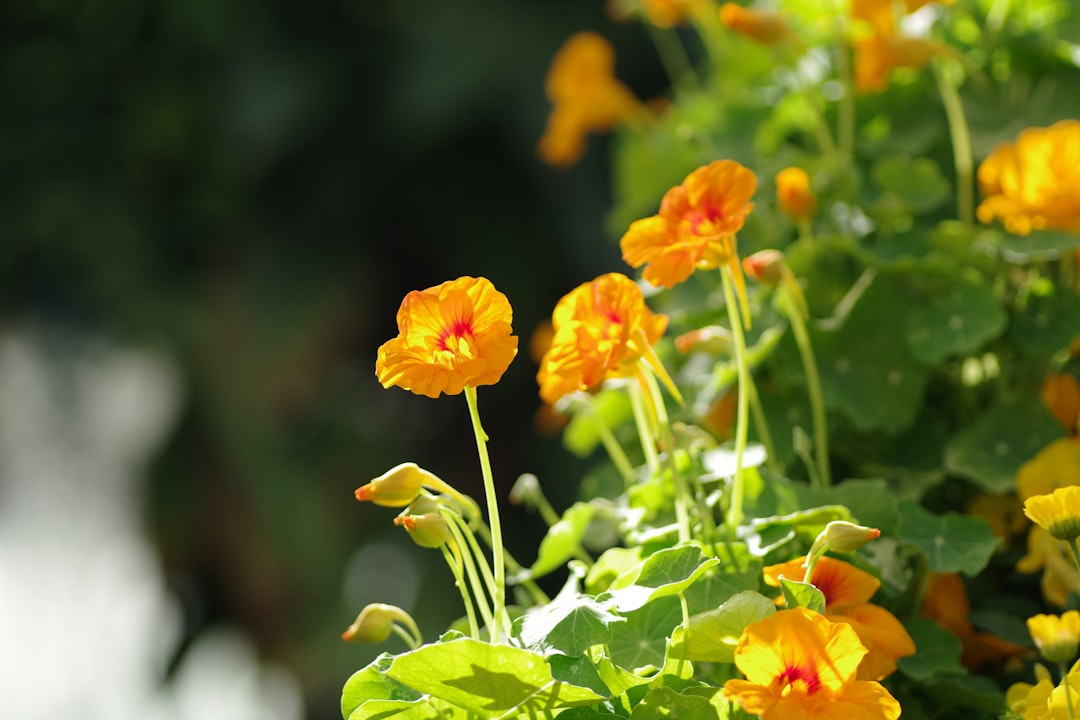Unleashing the Sweet Potential: Cultivating Sugar Cane in Your Edible Garden

Edible gardening is a rewarding endeavor that allows you to connect with nature and enjoy the fruits of your labor. Among the many crops you can grow, sugar cane stands out as a unique and fascinating option. This tall grass not only adds a touch of tropical charm to your garden but also provides a sweet and nutritious treat.
### Understanding Sugar Cane
Sugar cane, scientifically known as Saccharum officinarum, is a perennial grass that belongs to the Poaceae family. It is native to tropical and subtropical regions and requires a warm climate to thrive. The plant can grow up to 20 feet tall and has long, slender leaves that resemble bamboo. The stalks of sugar cane are rich in sucrose, which is extracted and processed to make sugar, molasses, and other sweet products.
### Choosing the Right Location
One of the most important factors in growing sugar cane is choosing the right location. Sugar cane needs plenty of sunlight, at least 6 to 8 hours a day, to grow and produce sweet canes. It also prefers well-drained soil that is rich in organic matter. Avoid planting sugar cane in areas that are prone to flooding or have heavy clay soil, as this can lead to root rot and other problems.
### Preparing the Soil
Before planting sugar cane, it is important to prepare the soil properly. Start by clearing the area of any weeds, rocks, or debris. Then, loosen the soil to a depth of at least 12 inches using a garden fork or tiller. Incorporate a generous amount of compost or well-rotted manure into the soil to improve its fertility and drainage. You can also add a balanced fertilizer, such as a 10-10-10 or 12-12-12 formula, to provide the necessary nutrients for the plants.
### Planting Sugar Cane
Sugar cane is typically propagated from cuttings, which are sections of the stalk that contain at least one bud. You can purchase sugar cane cuttings from a nursery or online supplier, or you can take cuttings from an existing plant. To plant the cuttings, dig a trench that is about 6 inches deep and 12 inches wide. Place the cuttings in the trench, spacing them about 2 to 3 feet apart. Cover the cuttings with soil, leaving about 2 inches of the stalk exposed above the ground. Water the soil thoroughly to settle it around the cuttings.
### Watering and Fertilizing
Sugar cane requires regular watering to keep the soil moist but not waterlogged. During the growing season, water the plants deeply once or twice a week, depending on the weather conditions. Avoid overwatering, as this can lead to root rot and other problems. In addition to watering, sugar cane also needs regular fertilization to provide the necessary nutrients for growth. Apply a balanced fertilizer, such as a 10-10-10 or 12-12-12 formula, every 4 to 6 weeks during the growing season. You can also add a layer of mulch around the plants to help retain moisture and suppress weeds.
### Controlling Pests and Diseases
Like any other plant, sugar cane is susceptible to pests and diseases. Some of the common pests that can affect sugar cane include aphids, mealybugs, and scale insects. To control these pests, you can use insecticidal soap or neem oil, which are natural and effective alternatives to chemical pesticides. In addition to pests, sugar cane can also be affected by diseases such as rust, smut, and mosaic virus. To prevent these diseases, it is important to practice good sanitation and hygiene in your garden. Remove any infected plants or plant parts immediately and dispose of them properly. You can also use fungicides to control fungal diseases, but be sure to follow the instructions on the label carefully.
### Harvesting Sugar Cane
Sugar cane typically takes about 12 to 18 months to mature, depending on the variety and growing conditions. When the canes are ready to harvest, they will be thick and juicy, and the leaves will start to turn yellow. To harvest the canes, use a sharp machete or pruning shears to cut the stalks at the base. Remove the leaves and any other debris from the canes, and then wash them thoroughly. You can then use the canes to make sugar, molasses, or other sweet products, or you can simply chew on the canes to enjoy their sweet flavor.
### Conclusion
Growing sugar cane in your edible garden can be a fun and rewarding experience. With the right location, soil, and care, you can enjoy a bountiful harvest of sweet and nutritious canes. So, why not give it a try? Start planning your sugar cane garden today and unleash the sweet potential of this amazing plant.